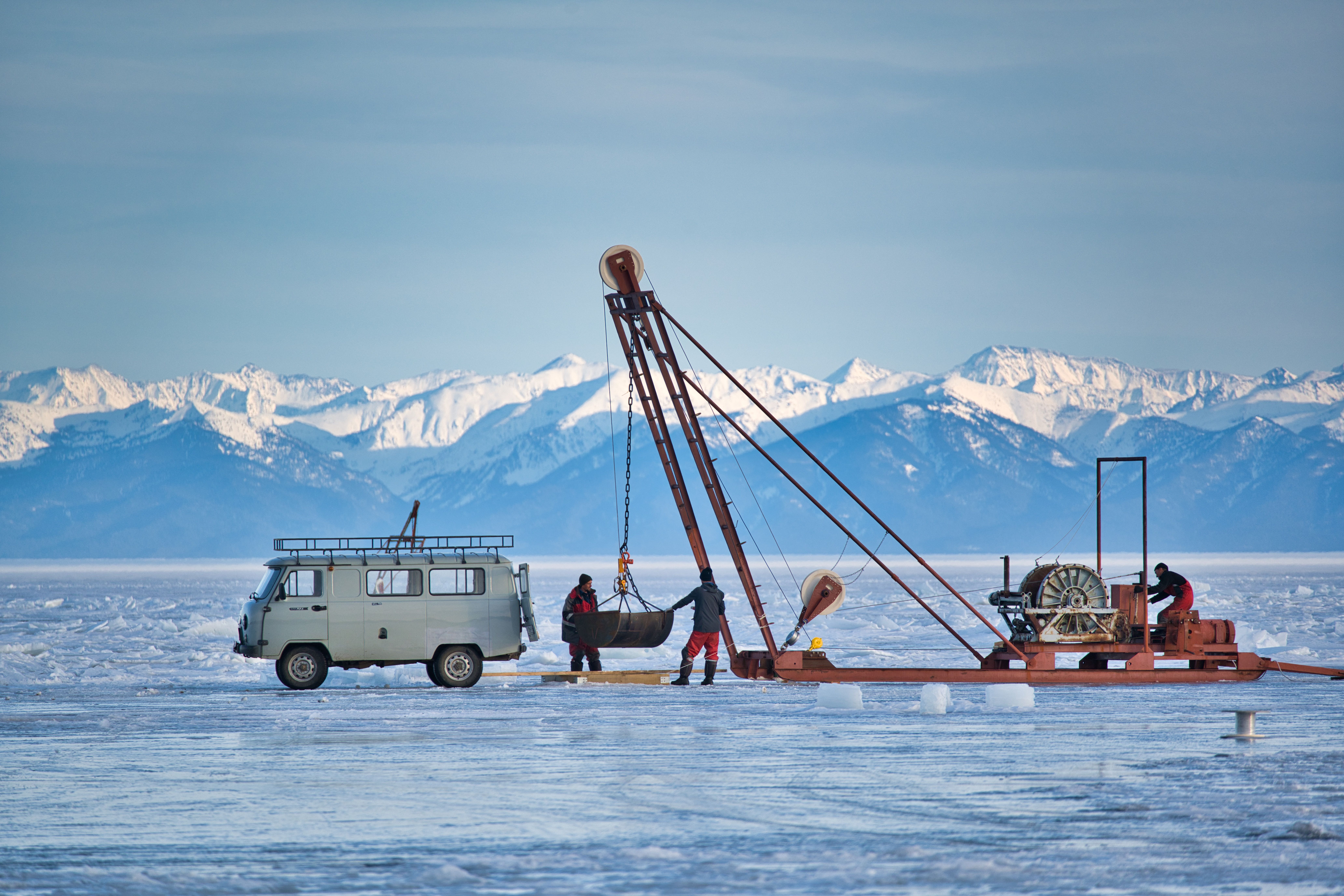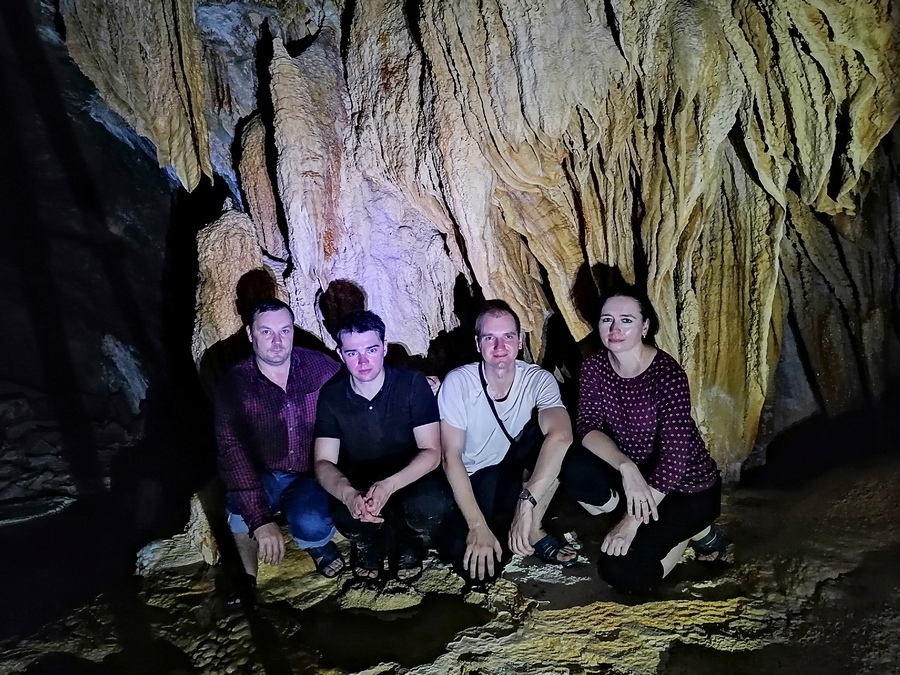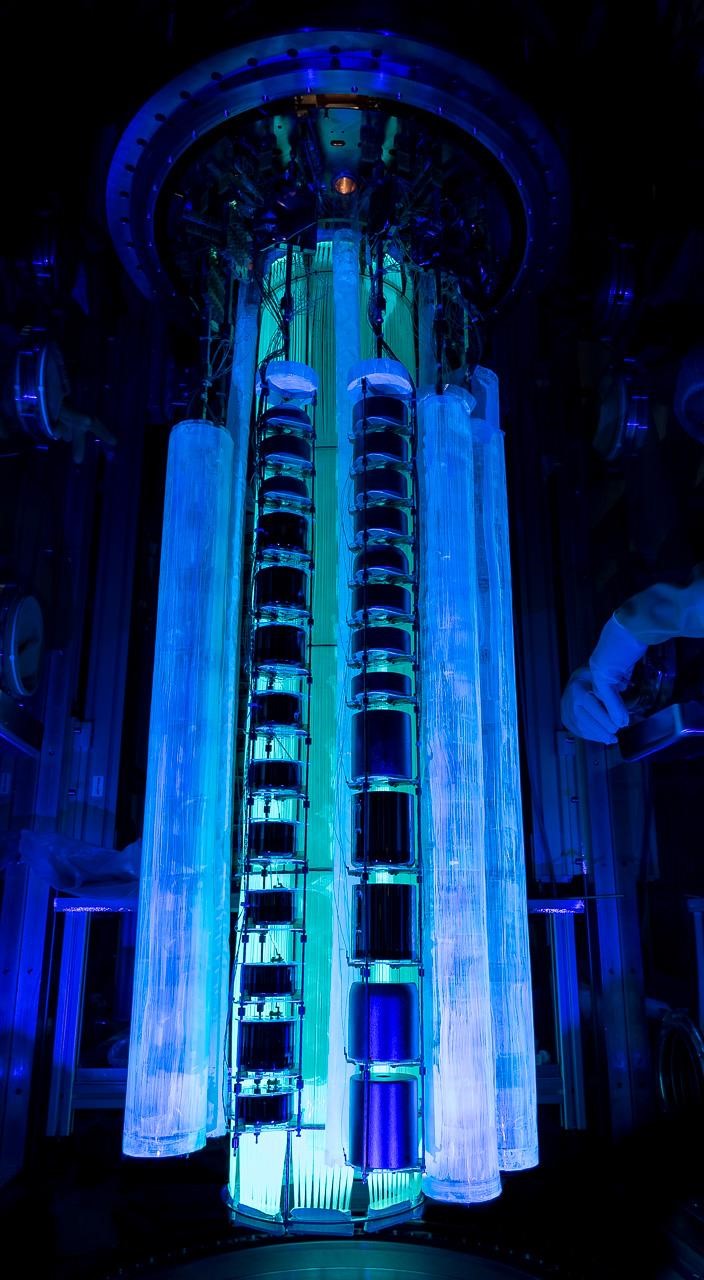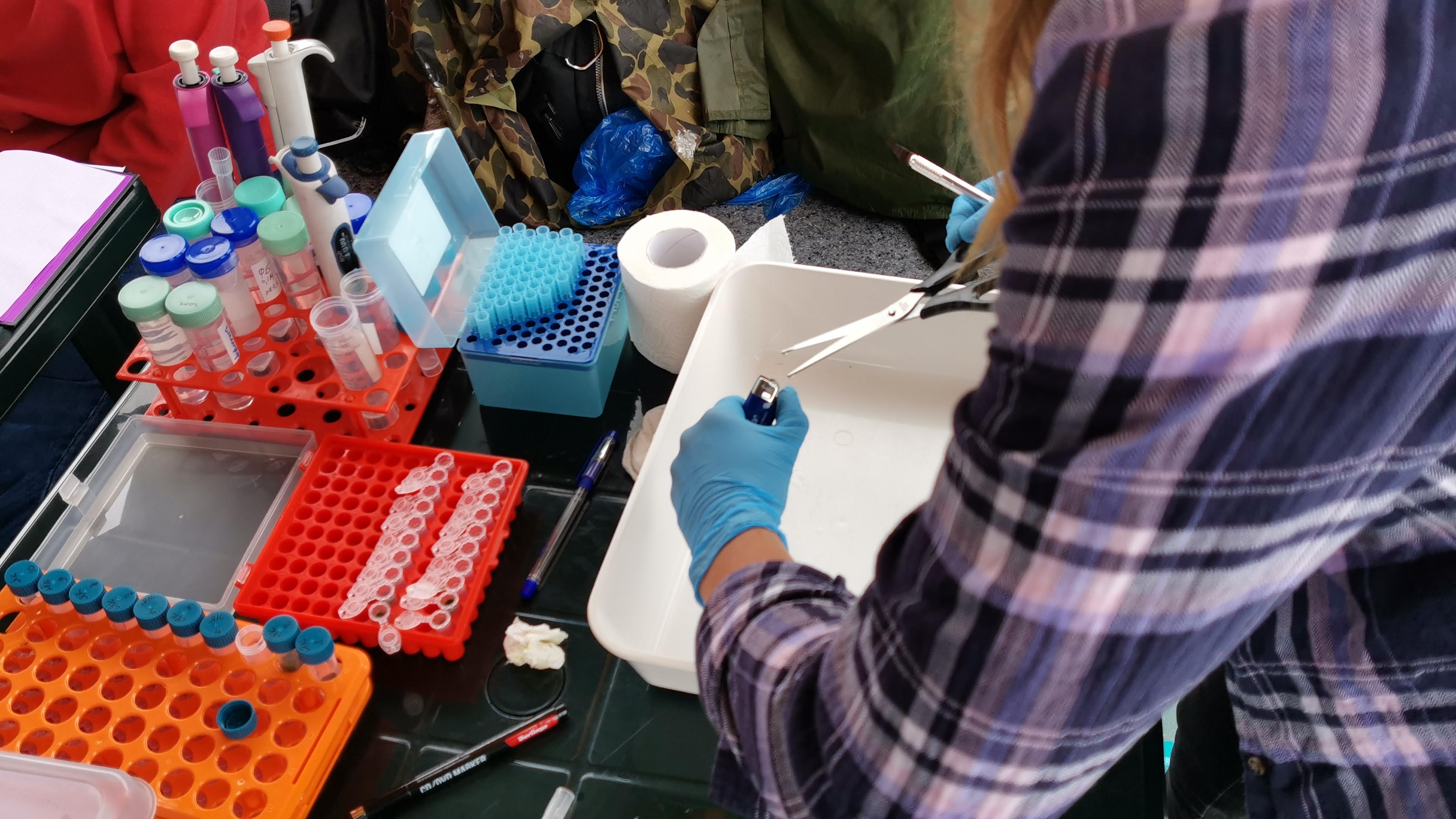Neutrino Geophysics at DLNP
Neutrino geophysics has evolved to a separate discipline not so long ago. This rapidly developing branch of science at the intersection of geology, geophysics and particle physics examines the Earth’s interior by observing antineutrino fluxes produced by the decay of radioactive elements in the Earth’s crust and mantel. The contribution of radioactive decays to the total heat release of the Earth (radiogenic heat) determines the heat history of the Earth and restricts its geophysical models.

 Borexino detector at Gran Sasso National Laboratory
Borexino detector at Gran Sasso National Laboratory
In 2010, the Borexino collaboration published the first reliable evidence of a non-zero geoneutrino flux. To study radioactive element contribution to the Earth’s heating-up in all detail, measurements of several detectors of a Borexino scale located in different places on the globe are needed. The methodology developed at Borexino allowed physicists to launch new projects of about tens of kilotonnes aimed also at geoneutrino flux measurements. The JUNO experiment in China being prepared among others by DLNP scientists is a good example.
The Dubna group initiated antineutrino research at the Borexino detector. In 2005—2006, detector sensitivity to geoneutrinos was estimated for the first time at the Borexino prototype (CTF). Selection criteria for antineutrino events were elaborated. The group contributed to early results of low-energy antineutrino detection, and also to the first two papers on geoneutrinos.
To measure a geoneutrino flux more precisely, the data set was used which was accumulated by Borexino during 3263 days, in the period between December 2007 and April 2019. Over these 12 years, a total of 53 geoneutrino events from uranium and thorium decays were detected. Measurement precision reached 18%.
Now, physicists are focused on extraction of the mantle signal contribution to the total geoneutrino flux. The mantle signal existence is confirmed by the Borexino experimental data. The detected geoneutrino signal corresponds to the heat release of 38 TW in the Earth interior, and the mantle contribution is about 25 TW. These values are consistent with different geophysical models, demonstrating only a statistically insignificant deviation for models with the lowest radioactive element concentration in the mantle. Furthermore, the existence of a hypothetical geo-reactor in the centre of the Earth with the power above 2.4 TW was excluded.
The physicists from Dubna were engaged in data processing as part of the antineutrino team under the leadership of Livia Ludhova. Simulations and calculations of the background from nuclear reactions with neutron emission were performed. The results and prospects of experimental geoneutrino studies are presented in the review by the Head of the Dubna group Oleg Smirnov.
In addition to the Borexino detector data analysis, the group members are actively engaged in promotion of scientific interest in this new branch of science presenting reports on the Borexino geoneutrino results and also on neutrino geophysics at seminars, schools and international conferences. The results were introduced at DLNP seminars, at the Gran Sasso Laboratory, at the University of Milan, Belarusian State University, Comenius University in Bratislava, at INR of RAS in Troitsk, and at international conferences as well.
The group of the Borexino researchers from the Dzhelepov Laboratory of Nuclear Problems (Oleg Smirnov, Alina Vishneva and Maxim Gromov) won the 2020 DLNP Research Award in the section “Physics” for the series of papers “Neutrino Geophysics”.
The series of papers
[1] M. Agostini, et al. (The Borexino collaboration), “Spectroscopy of geo-neutrinos from 2056 days of Borexino data”, Phys. Rev. D 92, 031101, 2015. Paper highlighted in the Editor’s Suggestion on the PRD website.
[2] O. Smirnov, “The physics of geoneutrino and their detection”, in Geoneutrinos by Open Academic Press, 2016, ISBN 978-83-944520-1-8. (One chapter in a collective monograph)
[3] M. Agostini et al. (The Borexino collaboration), “Comprehensive geoneutrino analysis with Borexino”, Phys. Rev. D 101, 012009 (2020).
[4] O. Smirnov, “Experimental aspects of geoneutrino detection: Status and perspectives”, Progress in Particle and Nuclear Physics, v. 109, 2019, 103712
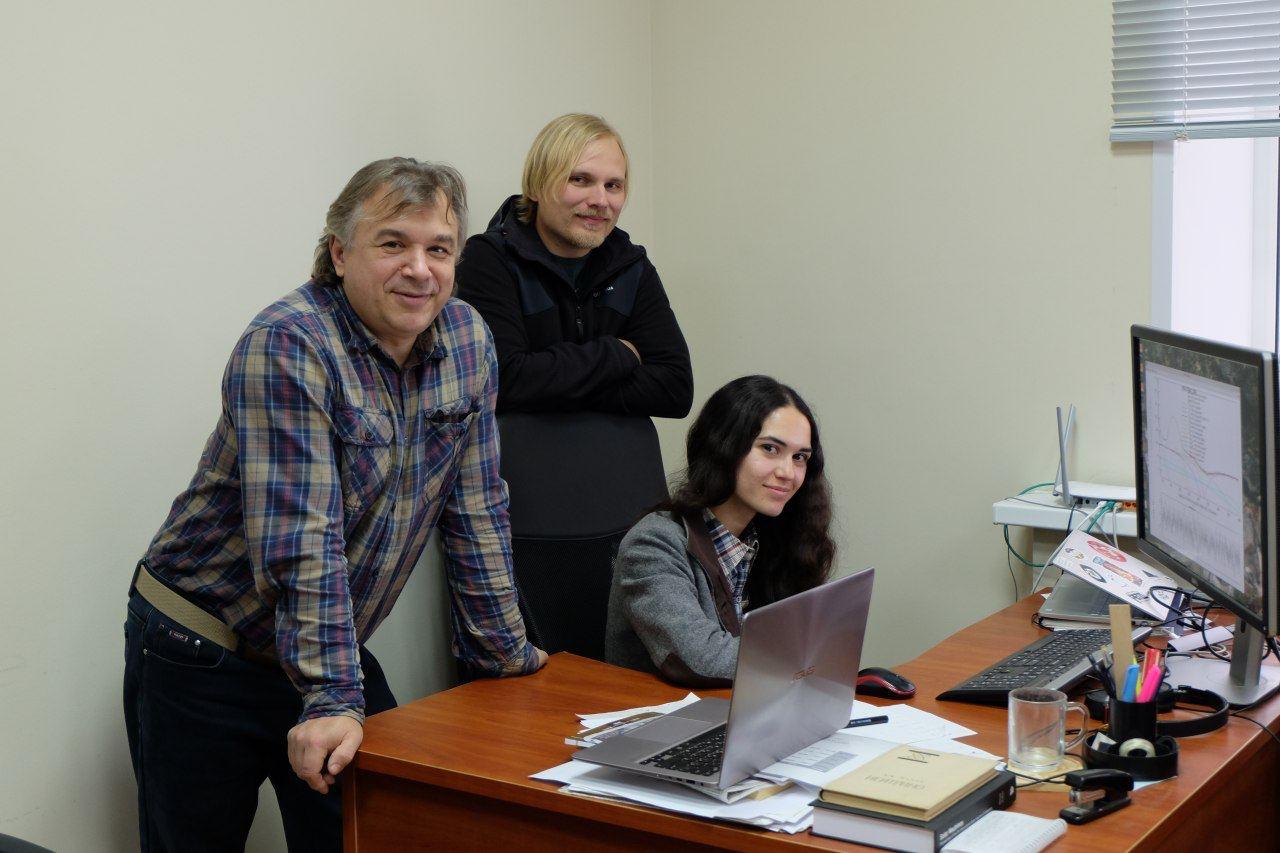
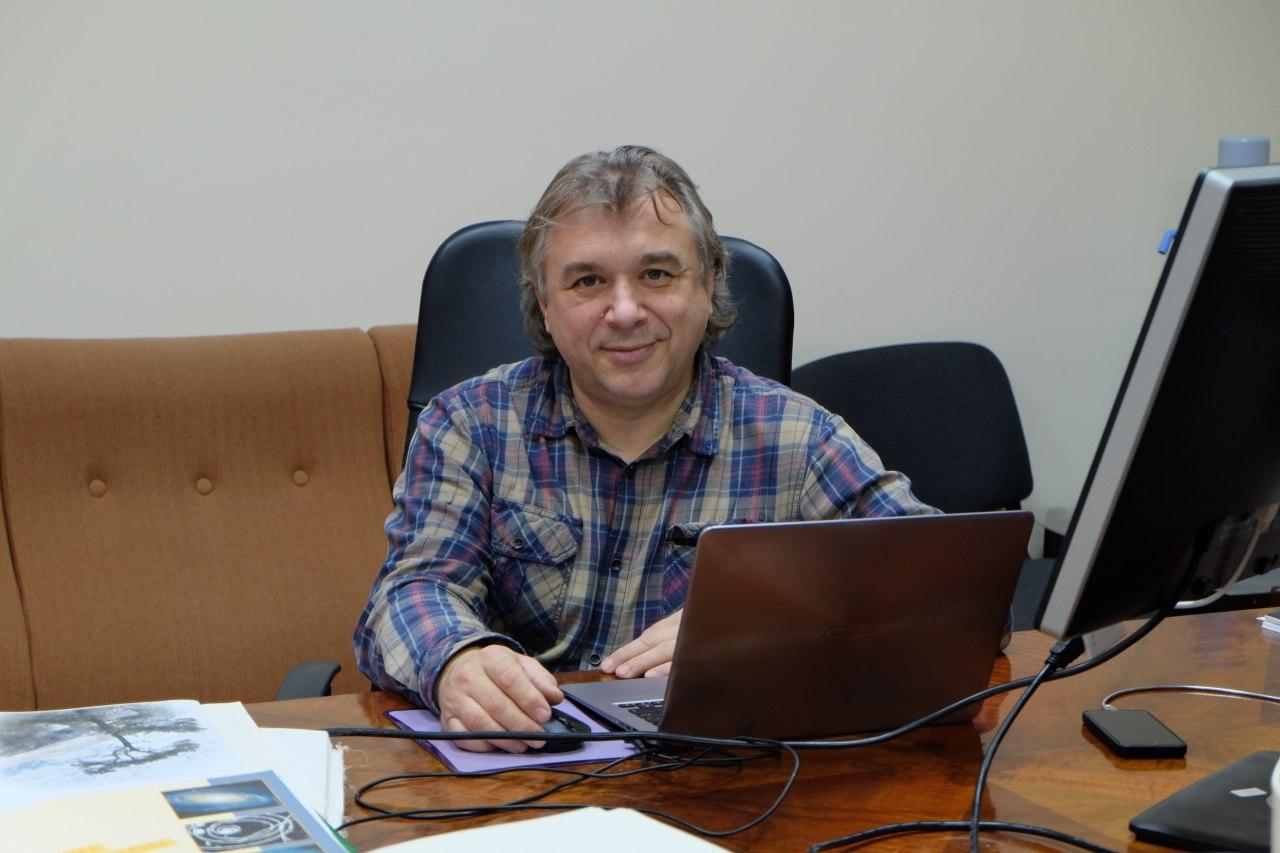 Oleg Smirnov
Oleg Smirnov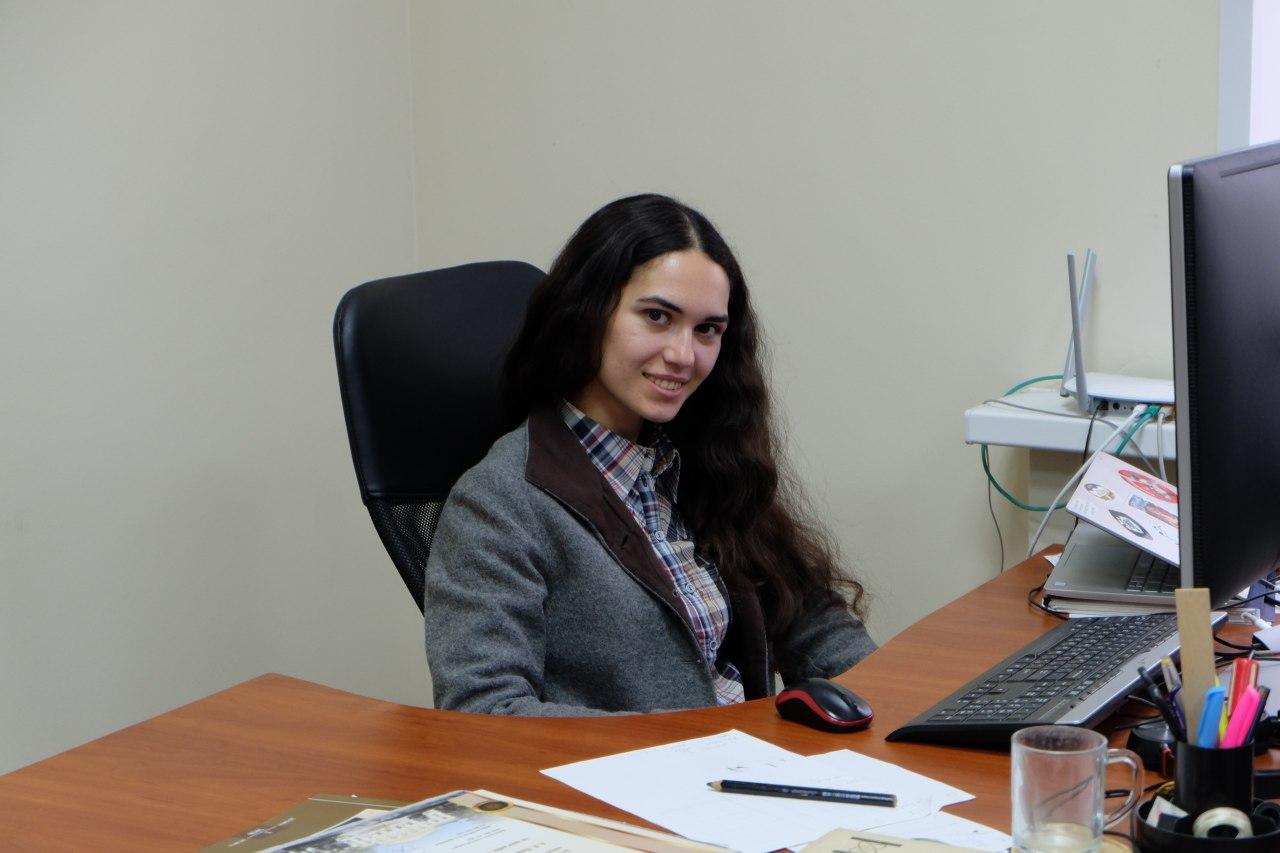 Alina Vishneva
Alina Vishneva Maxim Gromov
Maxim Gromov



